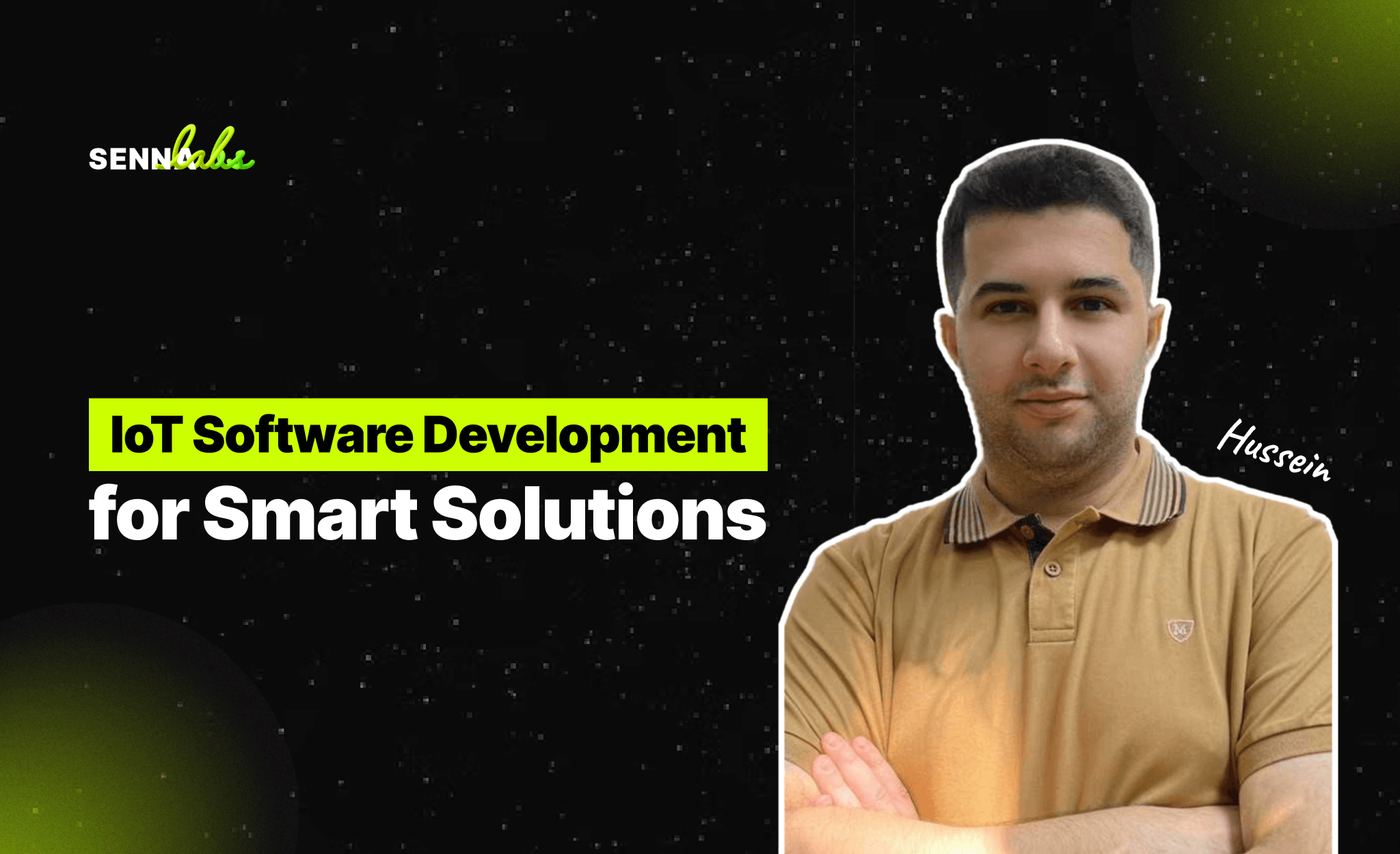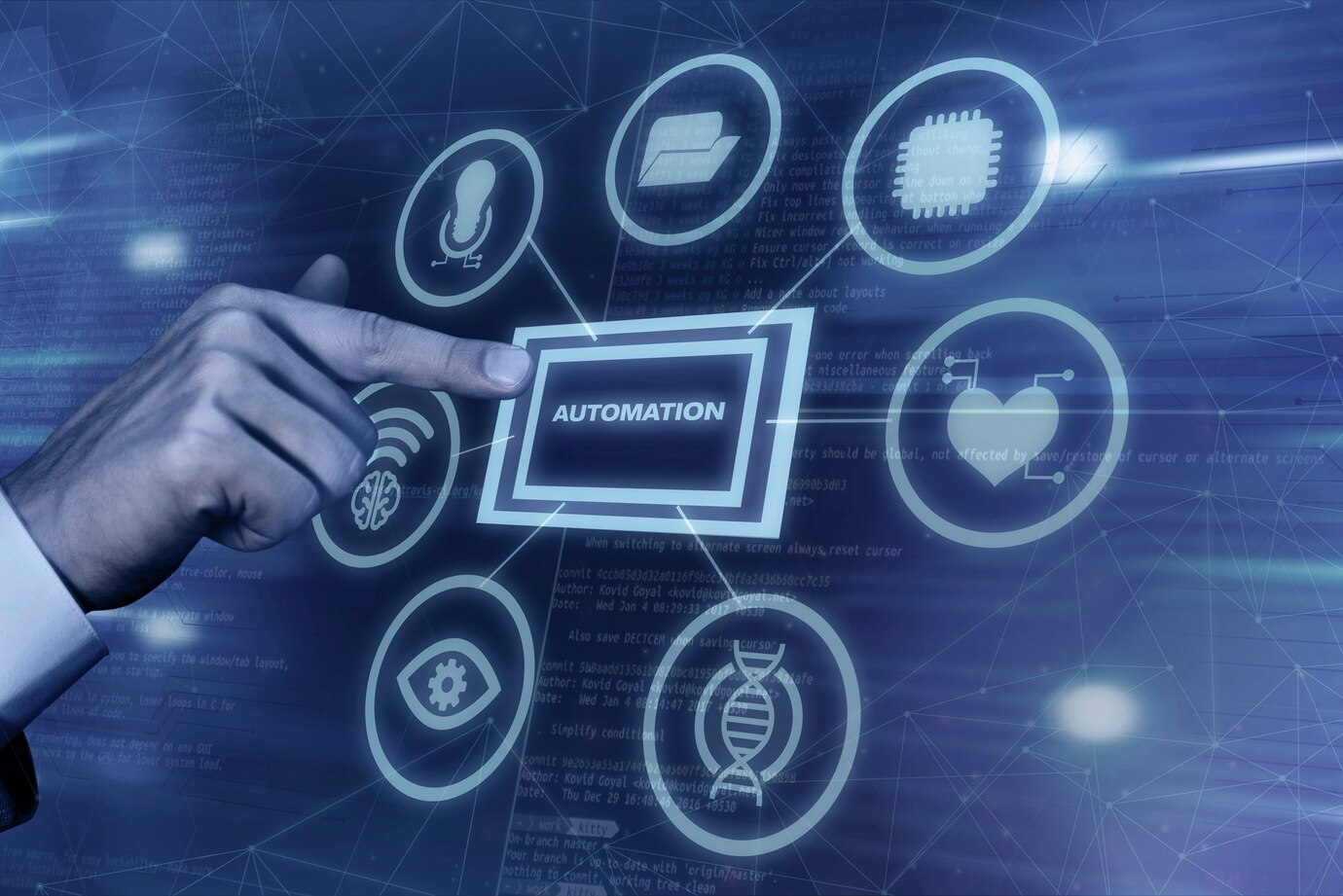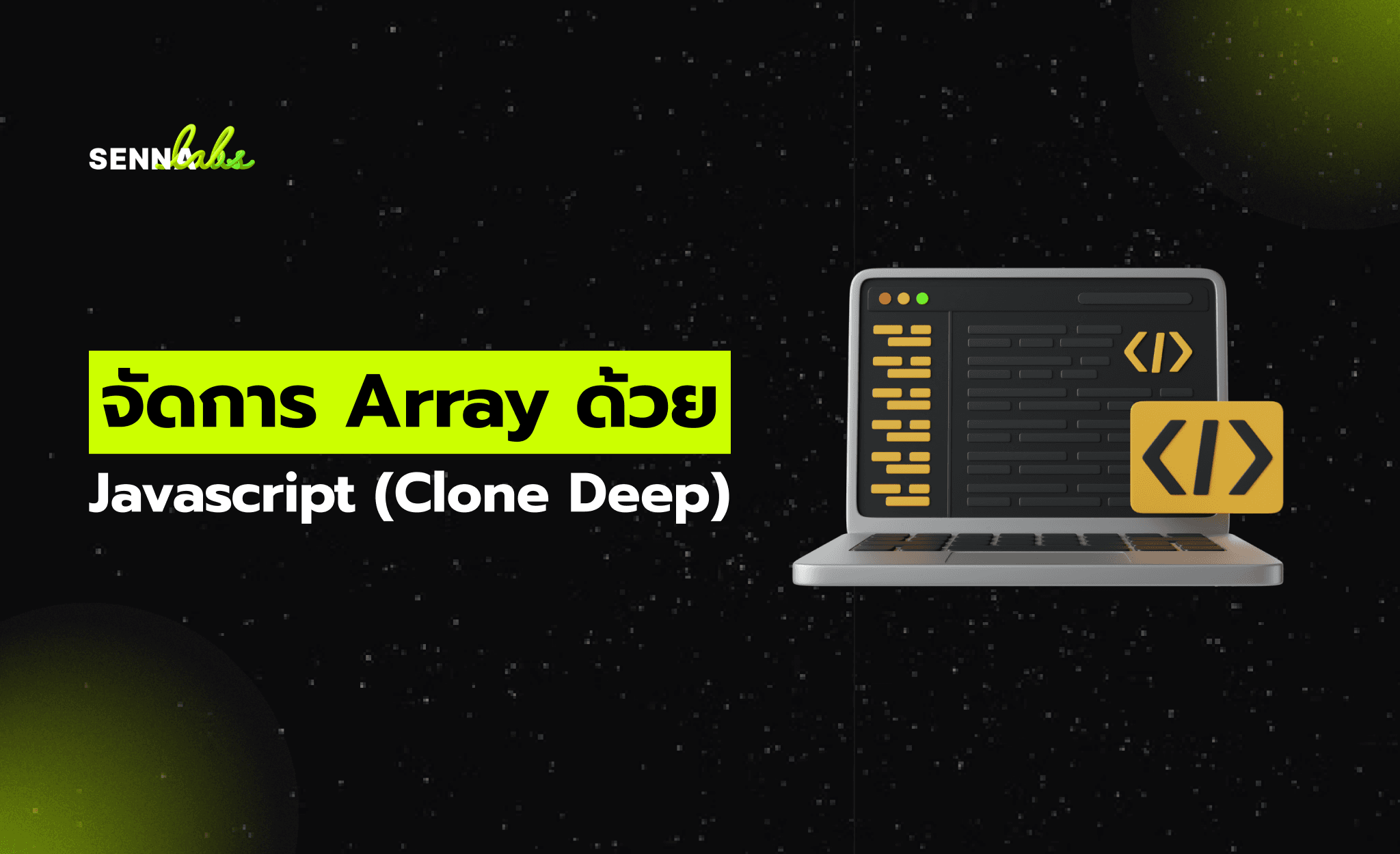IoT Software Development for Smart Solutions
Share

The Internet of Things (IoT) is transforming how people interact with technology, bridging the gap between the physical and digital worlds. IoT software development integrates connected devices into intelligent systems that enhance convenience, efficiency, and functionality. One of the most prominent applications of IoT is in smart home automation systems, where connected devices allow users to control and monitor their homes remotely.
This article explores the significance of IoT software development, focusing on the creation of smart home automation platforms. It highlights the benefits, challenges, and best practices for building user-friendly and secure systems that deliver seamless experiences.

What is IoT Software Development?
IoT software development involves creating applications and systems that connect, control, and manage IoT devices. These devices, embedded with sensors, processors, and communication technologies, interact with each other and users via the internet. The software acts as the backbone, enabling data exchange, processing, and intelligent decision-making.
Key components of IoT software development include:
-
IoT Devices: Physical hardware like sensors, actuators, and smart appliances.
-
Connectivity: Communication protocols like Wi-Fi, Bluetooth, Zigbee, or cellular networks that connect devices.
-
Data Processing: Cloud-based or edge computing systems that analyze and process data from devices.
-
User Interface: Mobile apps, web dashboards, or voice assistants that allow users to interact with the system.
Use Case: Building a Smart Home Automation System
Smart home automation systems integrate various IoT devices into a centralized platform, allowing users to control appliances, lighting, security, and more. These systems offer enhanced convenience, energy efficiency, and security, making them increasingly popular among homeowners.
Key Features of a Smart Home Automation System
-
Remote Control:
-
Users can control devices like lights, thermostats, and cameras via mobile apps or voice commands.
-
Cloud-based systems enable remote access from anywhere.
-
Device Integration:
-
Seamless connectivity between devices from different manufacturers ensures interoperability.
-
APIs enable integration with third-party services like weather forecasts or energy providers.
-
Automated Schedules:
-
Systems allow users to set schedules for devices, such as turning off lights or adjusting thermostat settings at specific times.
-
Routines can adapt dynamically to user habits or external factors like sunrise or temperature changes.
-
Energy Efficiency:
-
Smart systems optimize energy usage by analyzing data and automating actions, such as adjusting heating or turning off unused appliances.
-
Security and Surveillance:
-
Features include smart locks, video doorbells, and motion sensors for enhanced security.
-
Real-time alerts notify users of unusual activities.
-
Voice and Gesture Control:
-
Integration with virtual assistants like Alexa, Google Assistant, or Siri allows hands-free operation.
-
Advanced systems include gesture recognition for device control.
-
Real-Time Monitoring:
-
Systems provide real-time updates on device status, energy usage, and home security.
Benefits of IoT-Driven Smart Home Solutions
-
Convenience:
Users can manage home devices remotely, saving time and effort. -
Cost Savings:
Energy-efficient automation reduces utility bills by optimizing energy consumption. -
Improved Security:
Real-time monitoring and alerts provide peace of mind by enhancing home security. -
Customization:
Smart systems adapt to individual user preferences and routines, delivering a personalized experience. -
Scalability:
IoT platforms can easily add new devices, ensuring the system evolves with user needs. -
Increased Property Value:
Homes equipped with smart technology appeal to tech-savvy buyers, increasing resale value.
Steps to Develop a Smart Home Automation System
-
Define Requirements:
-
Identify the features and functionalities based on target users' needs.
-
Determine supported device types, connectivity options, and integrations.
-
Choose the Right Tech Stack:
-
Select IoT protocols like MQTT, CoAP, or HTTP for device communication.
-
Use cloud platforms (e.g., AWS IoT, Azure IoT) for data storage and processing.
-
Develop a Centralized Platform:
-
Create a user-friendly interface for controlling devices, such as a mobile app or web dashboard.
-
Design APIs for integration with third-party devices and services.
-
Implement Secure Communication:
-
Use encryption protocols (e.g., SSL/TLS) to secure data transmission.
-
Include device authentication mechanisms to prevent unauthorized access.
-
Integrate Machine Learning:
-
Leverage ML algorithms to enable predictive automation, such as anticipating user preferences or detecting anomalies.
-
Use historical data to optimize energy usage and system performance.
-
Test for Interoperability:
-
Ensure devices from different manufacturers work seamlessly within the system.
-
Conduct extensive testing across various operating systems and devices.
-
Deploy and Monitor:
-
Roll out the system in stages to gather user feedback and address potential issues.
-
Use monitoring tools to track performance and usage patterns.
Challenges in IoT Software Development
-
Data Privacy and Security:
-
IoT systems handle sensitive user data, making them a prime target for cyberattacks. Developers must prioritize robust security measures.
-
Interoperability:
-
Integrating devices from multiple manufacturers can be challenging due to varying protocols and standards.
-
Scalability:
-
IoT systems must handle increasing device numbers and data volumes without compromising performance.
-
Complexity:
-
Developing a user-friendly platform that manages complex IoT interactions requires advanced technical expertise.
-
Cost of Development:
-
Building a secure, scalable, and feature-rich IoT system involves significant initial investment.
Best Practices for IoT Software Development
-
Adopt a Modular Approach:
-
Develop the system in modules, such as device management, data processing, and user interface, to simplify updates and scalability.
-
Prioritize Security:
-
Implement end-to-end encryption, secure boot mechanisms, and regular security audits.
-
Comply with industry standards like GDPR for data protection.
-
Focus on User Experience:
-
Design intuitive interfaces and provide clear instructions for setting up and using the system.
-
Optimize for Performance:
-
Minimize latency in device communication and ensure the system remains responsive under high traffic.
-
Test Extensively:
-
Conduct stress tests, penetration tests, and usability tests to ensure the system is reliable, secure, and user-friendly.
Future Trends in IoT and Smart Home Solutions
-
AI-Powered Automation:
AI will enhance smart home systems with more advanced automation, such as adaptive lighting or personalized entertainment. -
Edge Computing:
Moving data processing closer to devices will reduce latency and improve system performance. -
Integration with Renewable Energy:
Smart systems will integrate with solar panels or energy storage solutions to optimize energy usage. -
5G Connectivity:
Faster internet speeds and lower latency will enable more efficient IoT communication. -
Sustainability Features:
Eco-friendly designs will help users monitor and reduce their environmental impact.
Conclusion
IoT software development is revolutionizing how people interact with their homes, offering convenience, efficiency, and security through smart home automation systems. By integrating connected devices into user-friendly platforms, developers create systems that allow users to control appliances remotely, automate routines, and optimize energy use. While challenges such as security and interoperability exist, adopting best practices and leveraging emerging technologies can help developers build robust, scalable solutions. As IoT continues to evolve, smart home automation will play an even more significant role in shaping the future of connected living.

Share

Keep me postedto follow product news, latest in technology, solutions, and updates
Related articles
Explore all


